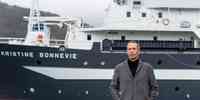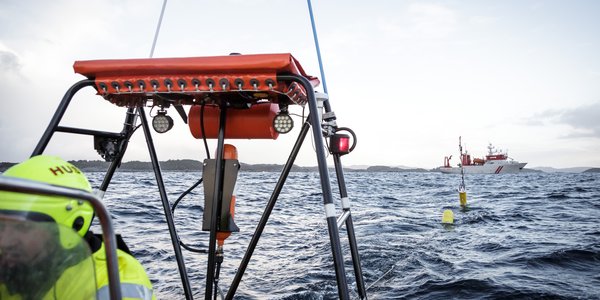News
Result: (37) Showing 1 - 30

news
Tagging a furious shark
20.09.2022

– Quota recommendations virtually unaffected
06.09.2022

Data collection is up and running again
24.08.2022

Satellite tagging 8-metre sharks
05.07.2022
story
007-cruise in the West Ice
09.05.2022

Researchers identify the halibut’s sex gene
15.03.2022

Big Data reveals the secret lives of animals
25.02.2022



















